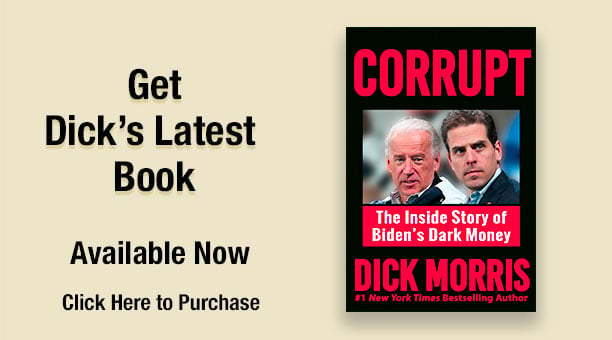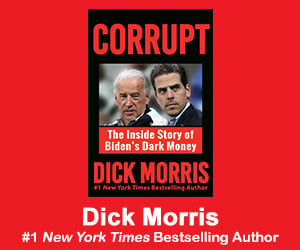Forget ObamaCare; It’s Plain Old Medicaid
Enrollment figures from state ObamaCare exchanges are revealing a pattern that will alter fundamentally the terms of the debate over Obama’s signature health insurance program.
When it was proposed, considered, and enacted, it was seen as a program requiring everybody to buy private insurance on health exchanges or face a fine. Those already covered with “affordable” and sufficiently comprehensive health care policies were exempt from the mandate.
And, oh yes, for the poor, the bill expanded the Medicaid program substantially.
But now experience with ObamaCare sign-ups at local exchanges indicates that it is the Medicaid feature of the program that is attracting the most attention and enrollments.
In Washington State, for example, 88% of the enrollments have been in Medicaid. In Kentucky, 82% were on Medicaid. In New York State, two-thirds of the new enrollments were into the Medicaid program.
Should this trend continue in other states and in federal exchanges — and there is no reason to assume they won’t — ObamaCare will amount to little more than an expansion of Medicaid.
The debate over single payer v private insurance will have been resolved by the lack of interest among the near-poor in the private program and their inability to afford even subsidized premium levels.
ObamaCare will have been a massive expansion of single payer, state-provided coverage and little else.
One can imagine the day when Obama announces proudly that he has extended health coverage to, say, seven million Americans. But an examination of the fine print will reveal that six million will have come through Medicaid. Good, old fashioned Medicaid, a program that has been kicking around for 50 years.
Nationally, 82 million Americans are one Medicaid, making it the largest of our entitlement programs. Only 46 million, by comparison, get Medicare. 47 million get food stamps. 50 million get Social Security. But Medicaid is, by far, the largest program.
By the time it is expanded, as provided in ObamaCare, it will surge to over 100 million in its coverage.
This change in enrollment patterns raises some key questions:
1. Do we need ObamaCare? The massive edifice of exchanges, subsidies, regulations, coverage requirements enacted with ObamaCare are scarcely necessary if they cover only a few million people.
2. What of the implications for state budgets? If ObamaCare is to be largely a Medicaid expansion, what will the impact on state budgets be? Those who enroll under the newly expanded Medicaid eligibility standards will be financed fully by the feds for three years, after which the states will be obliged to chip in 10% for another three years. After that, the funding goes back to the usual federal-state Medicaid match of 1/3 to 1/2 federal funding. Since many states have opted not to expand their Medicaid coverage, this effect will not be universal, but it will be significant.
But the experience of the state exchanges indicates that about a third of the new enrollments are by people who have been eligible all along for Medicaid and just didn’t sign up. Caught up in the hoopla about universal coverage, they are now seeking to enroll in Medicaid. But the states will not get special reimbursement for these new enrollees. The normal Medicaid match of 66-33 or 50-50 will apply, breaking the bank for many states.
So, as it turns out, ObamaCare will be financed in large part by state taxpayers: an outcome nobody had foreseen.
View my most recent videos in case you missed them!
The Hillary/NSA Scandal – Dick Morris TV: Lunch Alert!
The ObamaCare/New Deal Comparison – Dick Morris TV: History Video!
The Politics Behind The Glitches – Dick Morris TV: Lunch Alert!
The NEW Mortgage Crisis: The FHA – Dick Morris TV: Lunch Alert!
Obama’s Sneaky Deal With Iran – Dick Morris TV: Lunch Alert!





